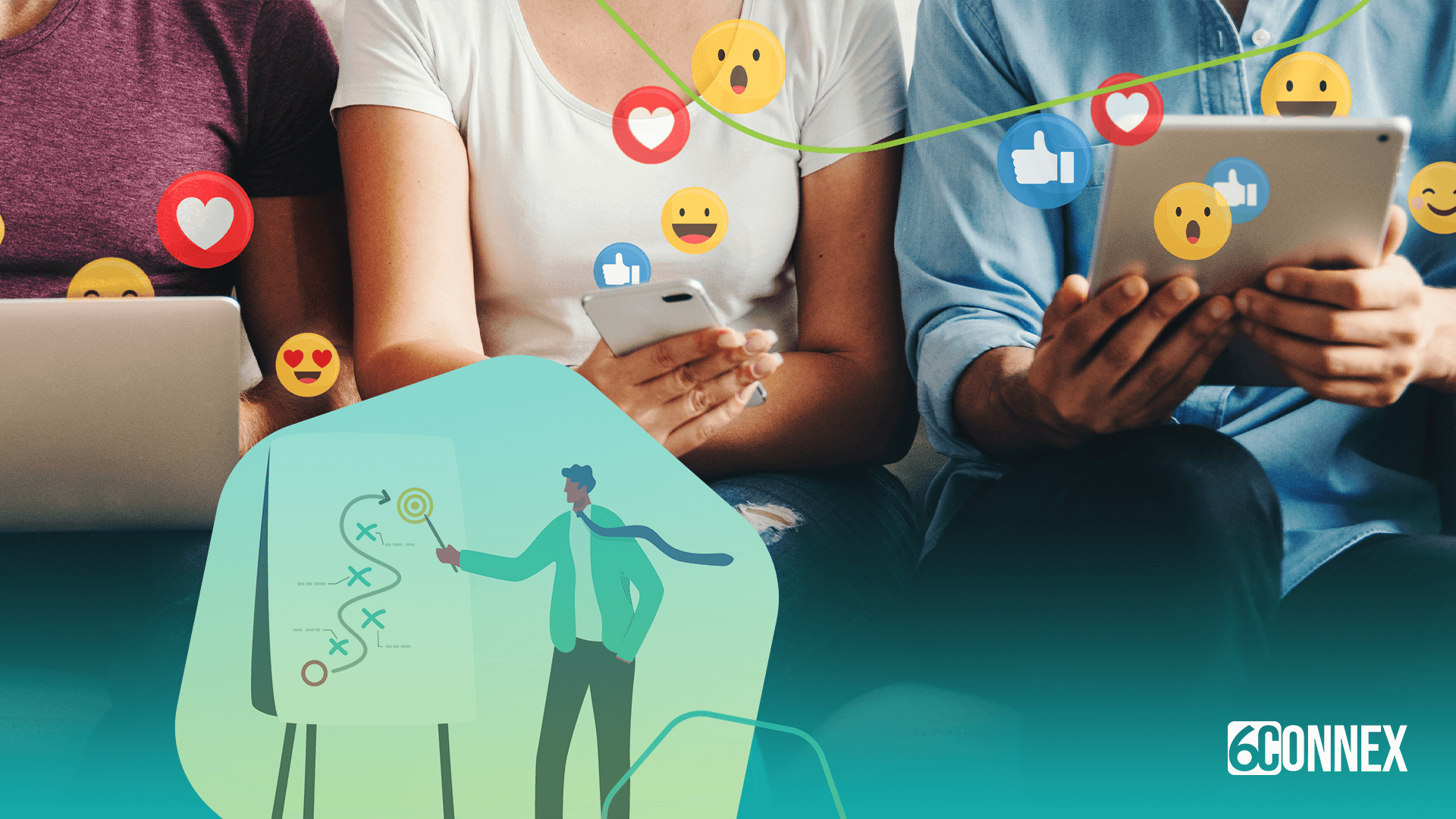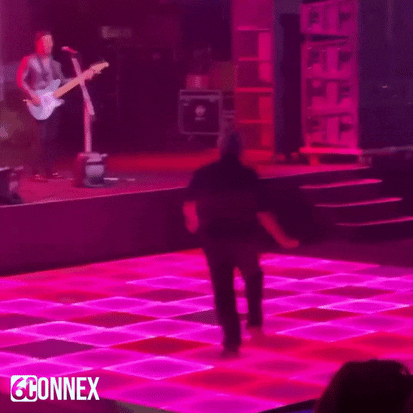7 Reasons Why You Need A Social Media Plan for Events
Kortney Phillips
Dec 12, 2022 10:00:00 AM

If it’s your job to plan or organize events, you’ve likely realized that strategies for social media can augment event press and marketing, lead generation, and more. Indeed, no matter whether an event is in-person, in a virtual venue, or a combination of the two (hybrid events), social media can play a key role in marketing for event planners as long as you know how to take advantage of it. Here are some tips for successfully leveraging social media for your next event.
One of the first steps in event planning is marketing. Marketing tools for event planners can range from email to billboards, but the free tool you must pay attention to is social media. You want to let people know your event date, location, and agenda, and social media platforms are great for building awareness. If you have Facebook and LinkedIn pages, create a Facebook and/or LinkedIn event and direct people to your registration page. If you’re on Instagram, consider promoting your event using photos, on-brand videos, and reels. You can also ask your employees and event stakeholders to send direct messages to their followers on social media that encourage them to register. Finally, if you maintain a blog, write posts about your event and include testimonials that reflect how excited people are to attend.
Photos and videos are the best engagement tools on social media text alone, so when creating event-related content for your social media platforms, you should designate a point of contact (or two) to capture live stream and/or record the following “shots:”
Branded Content: photos of the event booths, displays, and banners are excellent examples of branded content. Capturing images with people by the booths is best practice.
People Content: think of smiling faces, group huddles, interactions between attendees and booth staff, and event speakers. Remember, you usually have to secure permission before using any photos of people.
Be sure your points of contact aren’t capturing the same images; try to get a variety to reflect the breadth and diversity of the event.
Also, before the event begins, all designated points of contact for photos and videos should consider the event setting and decide how they want to capture them. For in-person events, they should consider where they want to set up a camera(s) and how they want to capture the event. For example, they can take photos and videos of the event from the same spot or move around and capture it from different angles. Once they’ve decided where to take pictures or videos, they should take a few test shots to ensure the camera is set up the way they want. Double-checking the settings, such as the shutter speed, exposure setting, and zoom distance, is also essential.
Once you’ve created your shot list, plan your social media calendar. Designate specific dates and times for shots to publish to your social media channels. If you have an employee advocacy board to promote social media, ask your advocacy board to promote your photos and videos on their social media feeds, reacting to posts, creating stories, writing comments, and even contributing blog posts. The more you share, the more the algorithm will pick it up, and more people will be exposed to your event.
One of the easiest ways to leverage social media during your event is through attendee engagement tools such as social media walls. Look for an event technology that offers an open universe and a broad menu of engagement tools, including social media features, so that you can rely on your attendees to tell your event story as it’s happening.
Consider that social media is relevant when an event includes brand launches, product introductions, and major press announcements. When you showcase these event stories using social media, the narrative unfolds in real time instead of letting the media or your competitors formulate it for you after the fact.
Social media platforms are valuable event marketing and sales tools, allowing enterprises to directly connect with their target market and either generate new leads or accelerate existing ones through the marketing funnel. Lead generation is one of the best uses of social media for events. The key is to be creative. You are presenting your event as a unique opportunity to interact with an exhibitor, new products and brands, and even a special guest who will be present at the event. Create social media invitations, contests, and organic posts, and where possible, boost this content with paid advertising to target specific audiences. Be sure to use UTM links to measure the results of your social media campaign(s) and activity.
Social media, for event planners, is a powerful tool to ask people for feedback about your event, allowing you to improve your event strategy. It’s a better way than almost any other to interact with your audience and receive instant (and usually honest) observations. Some of the specific ways you can get this feedback include:
Survey Questions: Surveys are an easy way to collect feedback about your event. Many social media platforms have a built-in survey or polling tools, but there are also many free and paid survey websites to which you can drive traffic from your social media platforms. You can use a variety of survey questions to collect this feedback, including:
• How did you hear about the event?
• What did you enjoy most about it?
• Did you find the event helpful?
• How can we improve the event?
• Which speakers did you enjoy?
• What was the most exciting thing you learned?
• What did you like about the event venue?
• What would you like to see at the next event?
You can also try a combination of online surveys and live polls. With the right event technology platform like Eventory by 6Connex, you can poll in-person and remote event attendees about their experience.
Comments: Let people know you want to hear their thoughts via social media. Publish a post asking people for their feedback in the comments. Don’t be afraid to respond to these comments either publicly or privately.
Email: Alternatively, if you want to keep feedback confidential, use social media for advertising an email address for event feedback. Encourage attendees to leave comments.
When speakers, exhibitors, and sponsors promote their participation in your event via social media, the digital footprint of your event expands. For example, a trade publication at your event might use social media to share photos and videos that capture their perspective of the event, which can generate additional interest.
Social media listening provides insights into what’s happening in the social sphere around your event and can give you accurate indications of whether your event is being discussed. For example, you can use social media to gauge the number of people who say they’re attending. You can also count the number of impressions your event-related posts have made, the number of times your event has been mentioned, and the number of times people have shared your event-related posts.
Using social media ideas for events is a relatively easy, inexpensive, and accessible way to promote your event, regardless of whether your event is taking place in person, virtually, or in a hybrid format.
Worldwide, 6Connex is the top supplier of in-person, hybrid, and virtual event products, including social media features and functionality that increase attendee engagement while remaining sustainable. Regardless of your field — marketing, sales, non-profit organization, human resources, recruiting, or training — we can assist you in creating in-person, virtual, or hybrid events and leverage social media to promote them. To start now, request a virtual event platform demo today!
6Connex is the leading provider of in-person, hybrid, and virtual event technology for enterprises worldwide. Our cloud-based product portfolio includes event management tools, in-person event apps, virtual venues, webinars, learning management, and more.
From internal meetings to large scale conferences, we allow you to engage and transform big ideas into real-world results.
425 Soledad St.
Suite #500
San Antonio, TX 78205
1.800.395.4702
Australia: +61.2.72294013
Brazil: +55.11.4375.3555
United Kingdom: +44.20.37447284
United States: +1.210.890.5769